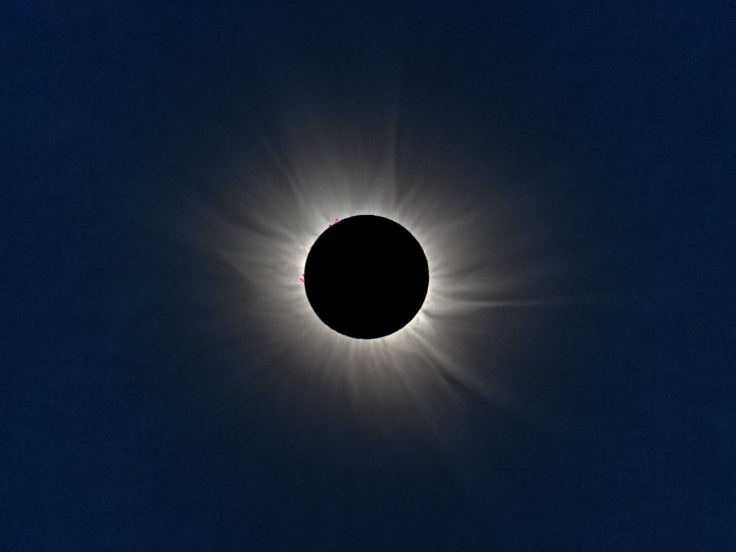Nasa's mission to search for Earth-like planets will include an out-of-focus camera
Nasa says TESS will still be able to 'fully accomplish its science mission' but will continue to monitor the problem.

Cameras on the Nasa spacecraft that will be looking for exoplanets -- any planet that is not part of the Solar System -- which might harbour life will be slightly out of focus. This, however, will not affect the science of the mission, according to Nasa.
The main focus of the TESS (Transiting Exoplanet Survey Satellite) mission is to find planets that are possibly of the size and make-up of Earth. The mission is to begin in March and will be carried to space by a Falcon 9 rocket operated by SpaceX.
The anomalies that the lenses will face are expected to happen at the constantly changing operating temperatures in outer space. Heat transfer in space happens only through radiation, so even a relatively short exposure to sunlight can quickly raise temperatures, whereas moving to shade will mean a near instant loss of heat.
Cameras working in such conditions go through extensive testing and the error in the TESS cameras was detected in one such test done at -75 degrees Celsius. The cameras are going slightly out of focus when operating in cold temperatures, said NASA spokesperson Felicia Chou in an interview with SpaceNews. She added that Nasa has also found that "TESS can fully accomplish its science mission" even in this condition.
Nasa has not revealed the cause of the problem, but Chou added that it will be monitored further and "should further testing reveal the cameras are unable to complete the mission, Nasa will revisit the decision and determine the steps moving forward."
The cameras aboard TESS have been designed by MIT Kavli Institute for Astrophysics and Space Research to look for light that distant stars emit and compare them with the light from stars that are nearer. When there is a small, momentary disruption in this light in the form of a shadow, it can be inferred that there is a planet in front of the star, orbiting it. The size and intensity of these shadows are studied to determine the size and distance of the planet from both the Earth and the star it is orbiting. This same method was used by the Kepler mission as well.
TESS will be looking at 200,000 of the brightest stars in deep space.
This problem with the focus could have some "big effects" on photometry, said Alan Boss, an astronomer with the Carnegie Institution. He added that it could be a concern for those who know a lot about photometry.
Resolution, according to Nasa's Chou, is important for imaging, but not so much for the scientific nature of the TESS mission, which focuses on identifying and finding planets and their possible locations in deep space.
She also the Tess mission was different from that of the Hubble space telescope, whose primary mission was taking actual images of stars and star systems.
The Hubble space telescope also had imaging and focus issues, which were later fixed, but Hubble's issue was the mirror itself, which Nasa had described as a "spherical aberration".
Boss noted that there will be a "10 percent cut in terms of the number of planets that they expect to be able to detect." When the camera is out of focus, the incoming light will spread out to a larger portion of the detector, making for a slightly less sharp image, as a result.
Tess will operate at a steady distance of between 108,000 and 373,000km, from Earth, a "particularly stable" orbit and it will require minimal manoeuvres to maintain it. Tess will have a two-year primary mission when it is expected to locate thousands of exoplanets.
© Copyright IBTimes 2025. All rights reserved.





















